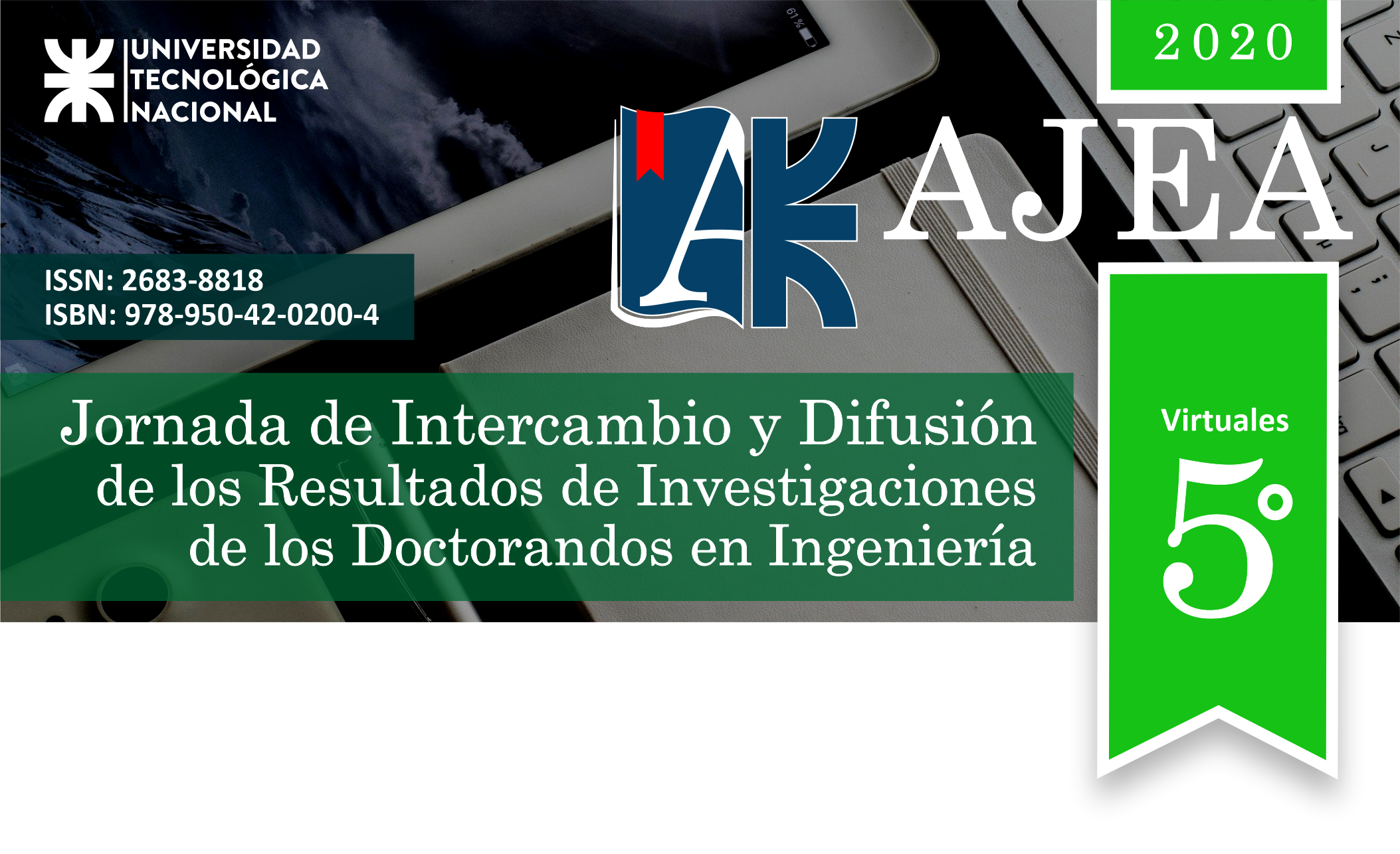Assessment of a biostimulation process applied to petroleum hydrocarbon-contaminated arid soils
DOI:
https://doi.org/10.33414/ajea.5.730.2020Keywords:
biorremediation, biostimulation, contaminated soils, petroleum hydrocarbonsAbstract
Bioremediation proved to be an effective approach to deal with hydrocarbon-contaminated soils, mainly because it does not generate wastes that need to be treated, in addition to being an economically viable process. It is well known that improvement of the growth conditions of soil native microbiota can significantly increase bioremediation processes. The latter can be achieved by modifying the humidity and the availability of nutrients in poor soils using a biostimulation approach. The aim of the present work was to evaluate the biodegrading capacity of the native microbiota present in a petroleum hydrocarbon-contaminated arid soil (HTP) from Catriel Oeste area (Neuquén basin), using a biostimulation technique.
Microcosm systems containing 200 g of soil were biostimulated (BIO) by adjusting the proportion of nutrients (C: N: P 100: 10: 1). Moreover, community controls (CC) were carried out in microcosm without biostimulation. Both systems were incubated at 25ºC keeping the humidity at 15% and mixed in order to aerate the soil. Samples were withdrawn at 0, 28 and 42 days. HTP concentration, total microbial activity (AMT), total aerobic bacteria (BHAT) and total degrading bacteria (BDT) were determined.
In both systems (CC and BIO) a significant decrease in the HTP content (88%) was achieved. This phenomenon would be related to AMT increases (4.3 and 3.7 fold increases for CC and BIO systems, respectively), and to BHAT and BDT increases (two orders of magnitude higher in both systems).
It can be concluded that a biostimulation technique would not be effective for these soils compared to the incorporation of air through mixing. These results would lead to a process development in order to improve aeration conditions aimed to increase petroleum hydrocarbons biodegradation.










